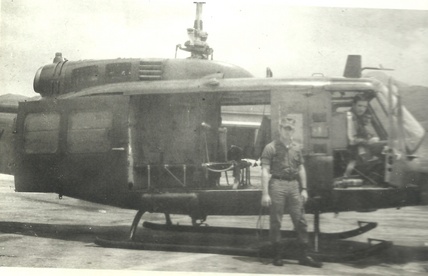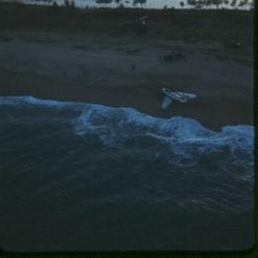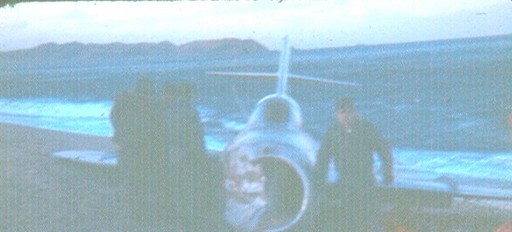
Army veteran Ed Willey has graciously provided this information about Dec. 3rd 1970, the day he was called out to recover the pilot of a MIG-15 reportedly “forced down” on the upper East Coast of South Korea. (He also provided flight records to confirm his service.)
We found references to an incident that appears to match: The 1970 “defection” of KPAF/North Korean Air Force Major Pak Sun-kok (or “Soon-kuk”) in Gangwon Province. The book A MiG-15 to Freedom (see the left of this page) has some details. The author says he met Major Pak, who told him he had landed in South Korea mistakenly. He wanted to return to North Korea, where he had a family, but was kept in the South and became a pilot in the ROK Air Force. [Note: It would also not be unprecedented for a defector to claim he arrived in the hands of the enemy by accident, especially given the treatment North Korea provides to the families of disloyal citizens.]
The book, by the defector who came south with another MIG-15 years before, has some additional info on the case and is an interesting book about a remarkable life.
Ed Willy, 18-Year-Old Crew Chief UH-1D (# 995), R-401 Airstrip, near Wonju

Willey, a teenager from Ohio, was assigned to the 239th Assault Helicopter Company and detached to KMAG (Korean Military Advisory Group), supporting the ROK military. His missions included DMZ patrol, VIP support and troop supply and transport. “There would be times we would fly by coordinate’s only and into an open field and set down, then out of the tree line a platoon of ROK soldiers would appear and we would transport them,” he remembers. Most of these operations involved North Korean infiltrators. [for pictures of a deadly 1968 ROK operation, supported by U.S. helicopters, against infiltrators see the home page, www.dmzwar.com] In October 1970, he and his crew were trapped at a location due to random fire from the DMZ. “No hits, no casualties, But for an 18-year-old kid that thought he dodged the bullet by not getting orders to Viet Nam, it sure ‘woke me the hell up!'” he said, noting he received hazard pay. [for more information on “Hueys Under Fire in Korea from ’69-71,” click here.]
Approach, R-401 Airfield






When They Arrived, The Pilot Was Still In the MIG, According to Mr. Willey

When Willey paused to attend to his helicopter and change film, the pilot was removed by ROK troops. “By the time we landed and I got the rotors tied down they had already wrestled the pilot out of the cock pit and shuffled him off to an awaiting enclosed deuce and a half truck. Don’t know what was going on in the back of that truck, but from the sound of it I was glad it wasn’t me back there!” he recounted.[Note the “239” on the MIG, which Willey points out coincidentally matched his unit number.]




Ed Willey (on the Right)

The Aftermath

Willey remembers that after leaving the beach, the chopper patrolled the DMZ for the next three hours. “Seen a lot of buzz from the North,” he says, “but nothing went down.”
“On the way back to Wonju, I started asking questions about what had just happened and was told to ‘Forget what you heard’ and ‘Forget what you saw’ and ‘Don’t bring it up again!’ That was in December of 1970; I was there until August 1971, and not one time during the remainder of my tour was it…brought up by anyone…I inquired quite a few times over the rest of my tour but was told: ‘Just forget you were ever on that mission.'”
Mr. Willey left Korea in 1971 and active duty the year after. He’s now retired from a career as a mechanical draftsman.

